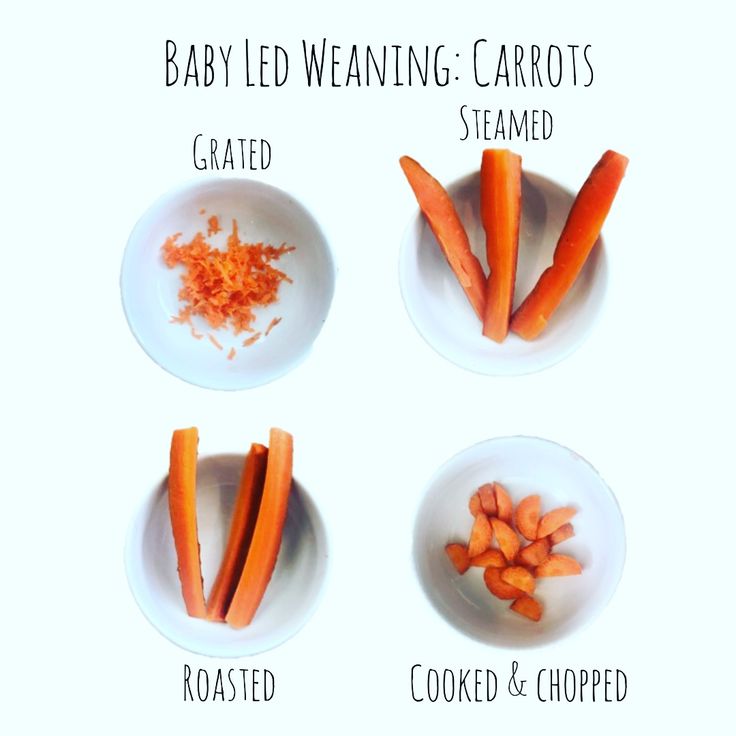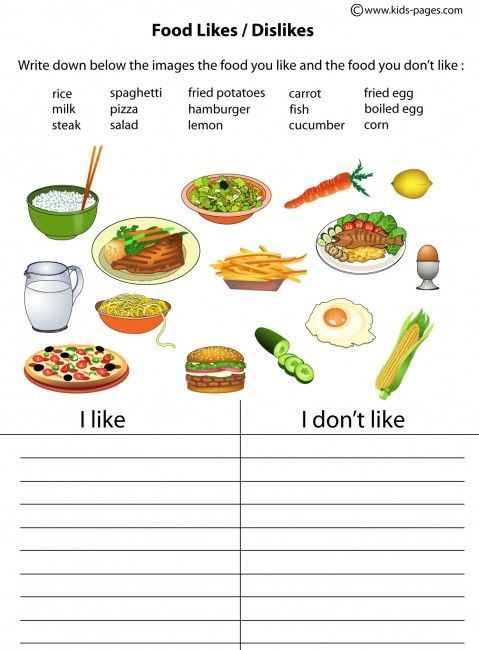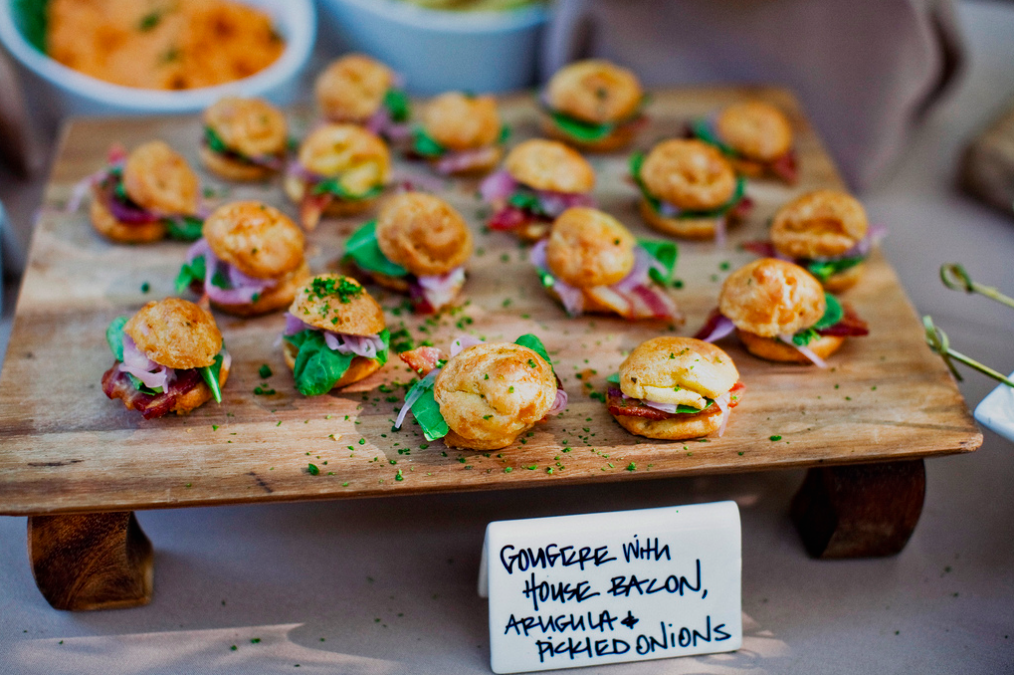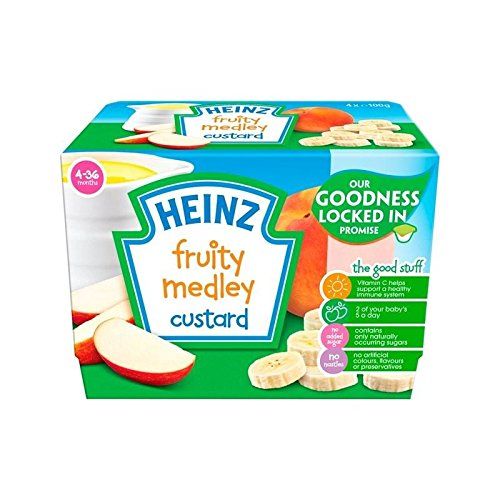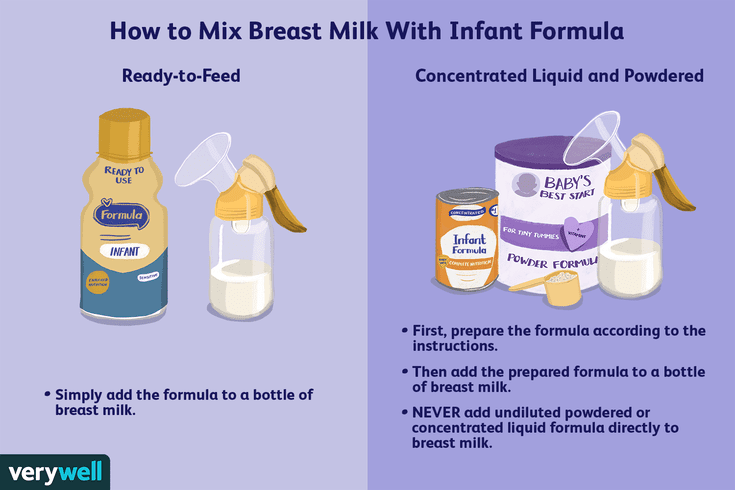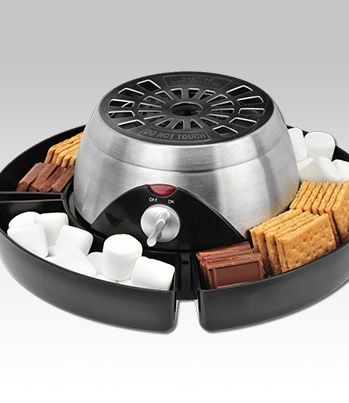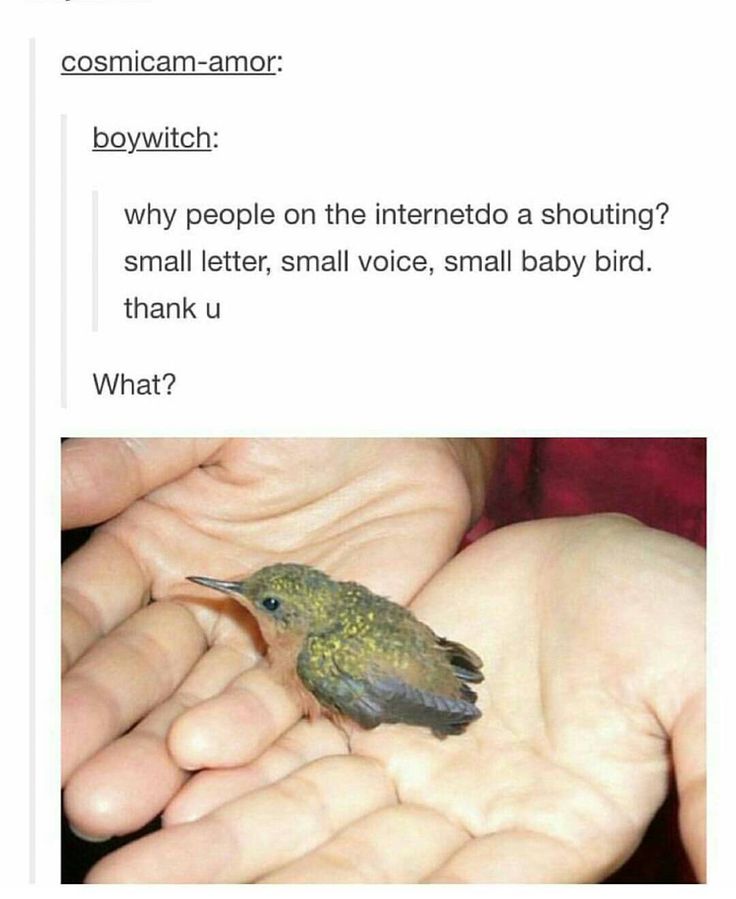Baby led weaning cutting food
How to Cut Foods for Baby-Led Weaning
You’ve probably seen photos online of babies practicing baby-led weaning, chomping down on a whole carrot or grasping raw apple slices. But, is this safe?
In the case of the raw carrot and apples, nope. But, baby-led weaning certainly can be safe, if you know how to cut and cook foods properly.
Baby-led weaning, or baby-led feeding as I prefer to call it, means that babies feed themselves finger foods as soon as they start solids. But it isn’t anything goes. Here’s how to make sure that the foods you give your baby are safe and easy-to-eat for your baby’s developmental capabilities. Because if your baby can’t pick up the food, then she can’t actually eat it!
And these guidelines work for any finger foods, even if your baby is still eating some purées (which is just fine, by the way!).
Size and Shape
At around 6 months — Most babies just starting solids haven’t developed their pincer grasp (thumb and forefinger) yet. So to pick up foods they grasp them with their whole palm. Since you want your baby to still access the food while it’s in her palm, it’s best to cut food into long, thin sticks. Think about the length and width of your pinky finger, and check out the photo above from Baby-Led Feeding for some ideas.
Other than choking hazards and honey (which you should never give to a baby under age 1), most foods are fair game at this age, including meat, poultry, cheese (shredded), and allergens like eggs, nuts (never whole, but a little smooth nut butter stirred into a purée or spread on toast), and fish.
Toasts are another excellent vehicle for introducing new foods and flavors. Because while we don’t want foods to be too hard (see below), we also don’t want them to be too soft and gummy. Commercial bread can be difficult to pick up and can turn into a ball of mush in a baby’s mouth. But, lightly toasted bread is ideal for self-feeding. Here are 15 of my favorite toast toppings for babies.
And remember that much of eating at this early stage is about your baby exploring–touching, smelling, and yes, tasting. But don’t be alarmed if it seems like little of the food is actually making it into her tummy. Self-feeding takes a lot of eye-hand coordination, and that’s an ability your baby is still developing.
At around 8-10 months — When babies develop their pincer grasp start cutting foods into small pieces, about chickpea-sized. And for small round foods like chickpeas or blueberries, smash them lightly before serving. It’s great for babies at this age to practice their pincer grasp, but it’s also A-OK to continue serving food in sticks like you did when he was younger. The photo above is also from Baby-Led Feeding.
Some of my other favorite single-ingredient foods at this stage include chopped hard-cooked eggs and small pasta shapes.
This is also a good time to begin offering your baby a spoon along with thick soups or mashes.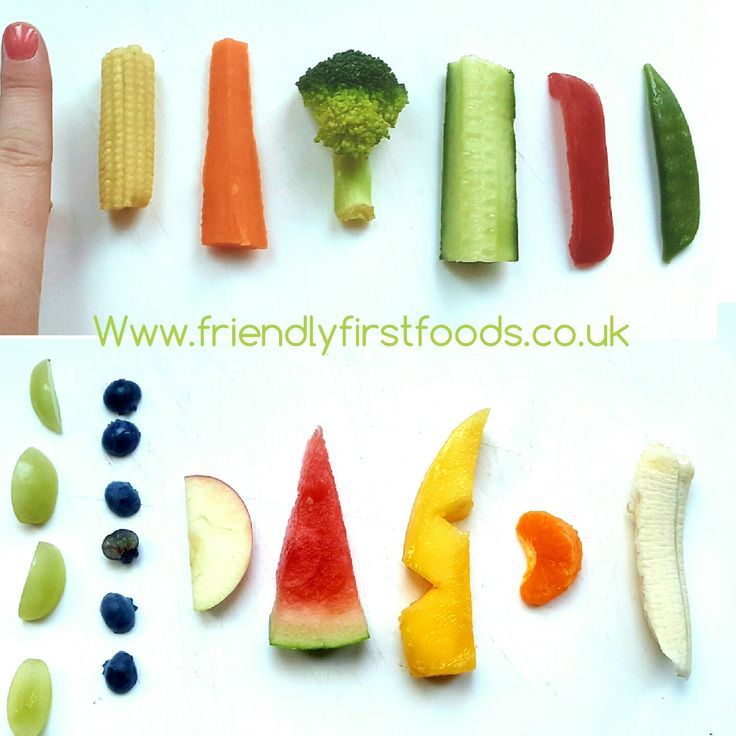 It will take practice for her to get the hang of eating with the spoon, but you can pre-load the utensil to start, and of course, practice makes perfect.
It will take practice for her to get the hang of eating with the spoon, but you can pre-load the utensil to start, and of course, practice makes perfect.
Texture
At all ages, foods should be soft enough that you can smash them with gentle pressure between your thumb and forefinger. This means no raw carrots, apples, nuts, or tough chunks of meat. For vegetables, this usually means steaming them, roasting them, or cooking them in an Instant Pot. Meat should also be very, very tender. Here’s my guide to cooking meat for babies.
Remember, to err on the side of caution with baby-led feeding and always stay with your baby while she’s eating. Then enjoy the show!
Looking for more baby-led weaning ideas and family feeding tips? Sign up for my newsletter! As a thank you, I’ll send you three of my favorite healthy smoothie recipes for the whole family. I look forward to being in touch!
Photos by Lauren Volo.
Jenna Helwig
[email protected]How to Cut Foods Safely for Baby-Led Weaning – Mamamade
Let's get into the basics of baby-led weaning! Most parents are unsure about how to actually give their babies food when at this stage. So, if you want to know how to cut food safely for baby-led weaning, this blog is for you! 🧐
A bit of advice if you aren't sure if this method is right for you and your baby - Let me assure you that Baby-led weaning is a safe technique, as long as parents know how to prepare the food appropriately for their baby's stage of development. That's where we come in; we've put together this guide for parents who are curious about the baby-led method but are equally worried about their baby's safety (which is totally normal!). We will gear you up with all you need to know, so have no fear; Mamamade is here! 🙌🏼 (I like what I did there 😉)
All you have to do is follow these simple steps when cooking and cutting your baby's food, It'll take a bit of trial and error at first, but you'll be mastering baby-led weaning in no time!
This blog does come with a safety note: Baby-led weaning is unsuitable for babies before six months, as there is an increased risk of choking. If you've been advised to start weaning earlier than six months, then it's best to start on smooth purees before moving onto finger foods. Always remember to stay close and supervise your baby when eating at all times.
If you've been advised to start weaning earlier than six months, then it's best to start on smooth purees before moving onto finger foods. Always remember to stay close and supervise your baby when eating at all times.
HOW DO YOU CUT FOOD FOR BABIES AROUND 6 MONTHS OLD?
The goal initially is to make sure your baby can easily pick up and grasp the food in front of them. Did you know - most babies just starting solids wouldn't have developed their pincer grip (That's when you pinch food between your thumb and forefinger), and without this skill, your baby would struggle to pick up small pieces of food. 🤚🏼
In the meantime, let's work our way backwards; let's start by introducing your baby to foods that they'll pick up with their whole palm (called the palmar grasp) and then slowly introduce smaller pieces depending on how well they get on. When starting, It's important for food to be cut into long, thin strips; this will help your baby access the food while it's in their palm.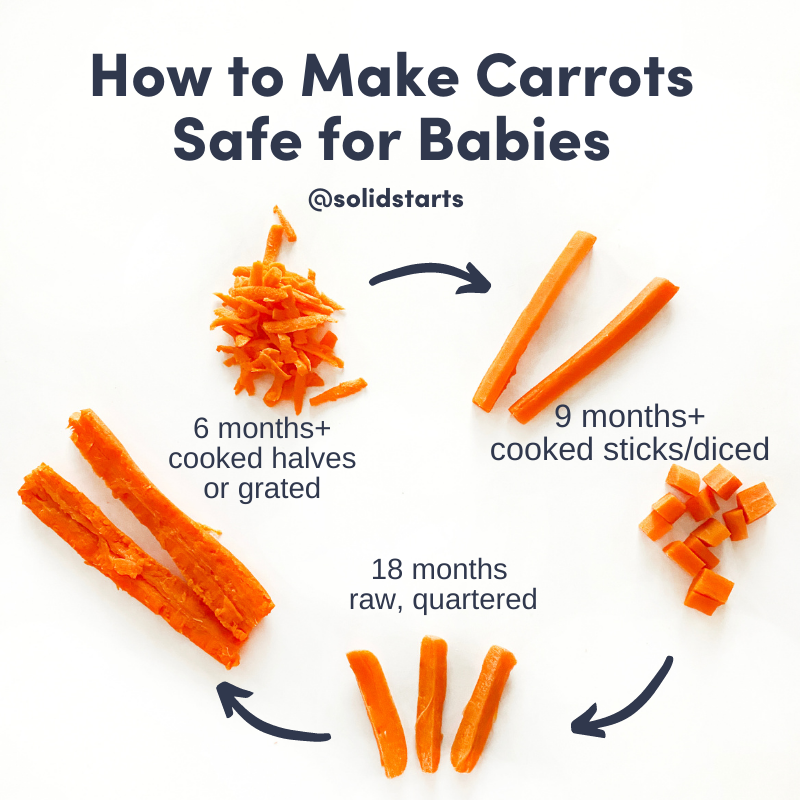 Top tip - imagine the food slices being about the size of 1-2 adult-sized fingers; this style of cutting will teach your baby to grasp the food in their hands while moving it towards their mouth.
Top tip - imagine the food slices being about the size of 1-2 adult-sized fingers; this style of cutting will teach your baby to grasp the food in their hands while moving it towards their mouth.
Foods that will help your baby develop their picking up and eating skills at the start of their baby-led weaning journey are steamed carrot stick, never raw - remember to wash thoroughly, cut and steam! Avocado slices, steamed sweet potato slices, steamed broccoli florets, mango strips and bananas chopped in half. The last two can sometimes be tricky to grasp, but your baby will love the challenge. Also, try different textures for your baby to explore; my go-to would be grated carrots, apples and cheese. 🍎
At this stage of weaning, when preparing your little ones food, make sure that the food offered is soft enough to squish with gentle pressure from your thumb and forefinger. So hard, raw fruits and vegs like carrots and apples aren't a good or safe idea at the moment.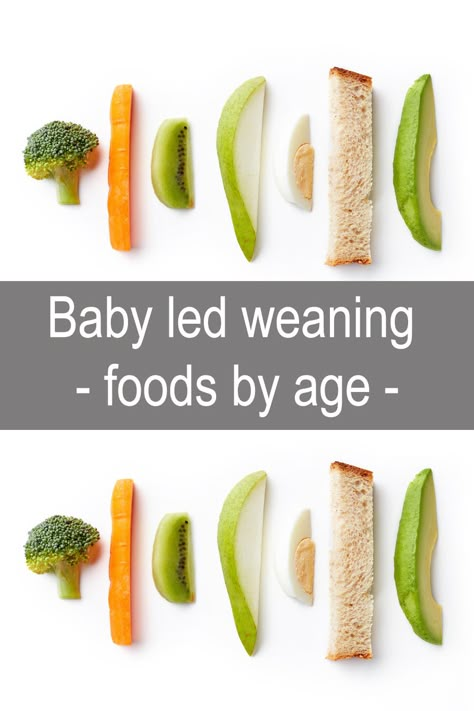 🙈 It's always good to think a few steps ahead, avoid choking hazards, such as whole grapes, cherries, cherry tomatoes and whole nuts. These options are way too small for your little ones to hold on to and control. If you still want them to taste the goodness, try peanut butter instead, mashed alternatives or jams!
🙈 It's always good to think a few steps ahead, avoid choking hazards, such as whole grapes, cherries, cherry tomatoes and whole nuts. These options are way too small for your little ones to hold on to and control. If you still want them to taste the goodness, try peanut butter instead, mashed alternatives or jams!
HOW DO I CUT FOOD FOR BABIES AROUND 8-10 MONTHS OLD?
As your baby gets a little older and develops their pincer grip, you can start experimenting with cutting foods into smaller pieces 🎉 It's important to remember that every baby develops at their own rate; it's nothing that you have done if they aren't ready yet. Just take it a meal at a time and observing your baby, keep an eye on what they can handle and go with their flow 👀 It could be that they need larger chunks, or they may have no problem picking up peas off their plate!
Great foods to introduce at this stage are halved grapes, cooked and squished peas, smashed blueberries and steamed carrot sticks.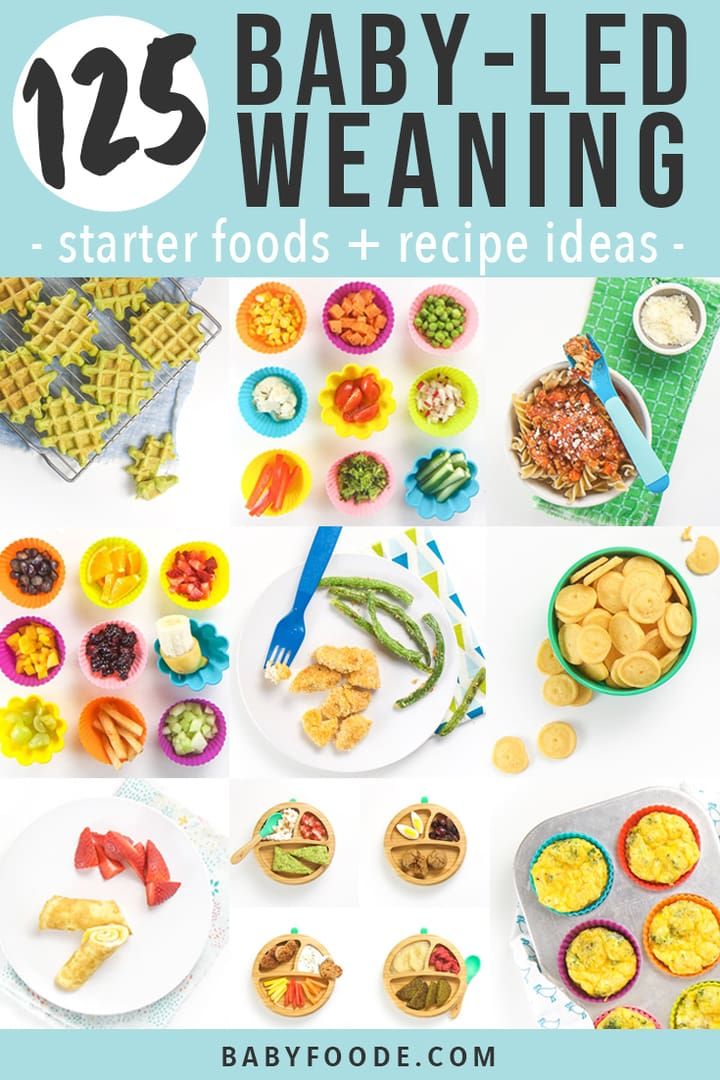 You can also introduce cooked penne or fusilli pasta and chopped hard-boiled eggs. The rules are somewhat still the same, your baby's food should still be soft and easily smashed, and it's usually best to steam or boil vegetables instead of roasting them.
You can also introduce cooked penne or fusilli pasta and chopped hard-boiled eggs. The rules are somewhat still the same, your baby's food should still be soft and easily smashed, and it's usually best to steam or boil vegetables instead of roasting them.
At this stage, you can encourage independent eating by starting to offer a spoon and letting your baby use it to feed themselves. Be warned it will get very messy, so make sure you have your cleaning essentials to hand 😅
MY BABY IS HARDLY EATING; WHAT CAN I DO?
Like I mentioned above, every baby is different, and some will eat far more than others - it's totally normal!
Learning to eat is about discovery and awakening the senses at this stage, so try not to worry about filling your little one's tummy! Most baby nutritionists state that up until 12 months, milk should be their primary source of nutrition. I know it's easier said than done but try not to worry about the quantity of food their eating and focus on variety, exposure and adventure to a range of flavours and textures.
At Mamamade, we support all parents in choosing whatever weaning method works best for them. This guide has been put together to help parents who wish to follow the baby-led weaning method understand how to do so safely. We are not suggesting baby-led weaning is better than traditional weaning or vice-versa!
At Mamamade, we offer 35 different varieties of food, including finger foods, breakfast bowls, purees and plant-based mixes. So take some time to look through them all and try your first box of organic baby food today.
And if you need some on-the-go advice, why not check out episode 3 of The Mamamade Podcast - Your Weaning Worries Answered - Allergens, Gagging & Choking! With Dr Shruti Nathwani! This episode is full of informative tips, tricks and recommendations that we parents should all be aware of. Think of it as a mini-crash course on weaning safety. We can feel really overwhelmed when it comes to introducing solids, especially when we consider the possibility of allergens coming into play or even the techniques to use or avoid for safe weaning in reference to gagging and choking. Plus, not to mention the types of food to give your little one the amounts and the timing that's perfect for them. If you've been a little unsure about these questions, this episode is for you! Because we're diving into the discussions of allergens, choking and general weaning safety with an expert Paediatric doctor. Shruti also talks about her personal journey with allergens with her son and the day-to-day techniques that she uses to minimise mealtime risk whilst still upholding a positive weaning experience.
Plus, not to mention the types of food to give your little one the amounts and the timing that's perfect for them. If you've been a little unsure about these questions, this episode is for you! Because we're diving into the discussions of allergens, choking and general weaning safety with an expert Paediatric doctor. Shruti also talks about her personal journey with allergens with her son and the day-to-day techniques that she uses to minimise mealtime risk whilst still upholding a positive weaning experience.
I hope this helps! Please send us a message if you have any questions or if you just want to have a chat.
Love,
Himanshi
Doctor "SM-Doctor" told how to properly wean a child from the breast
The baby is crying, the chest is full, but you are determined to curtail breastfeeding. There can be many reasons: it's time to go to work, it's time to send the child to the garden, the state of health, and even "I just decided so.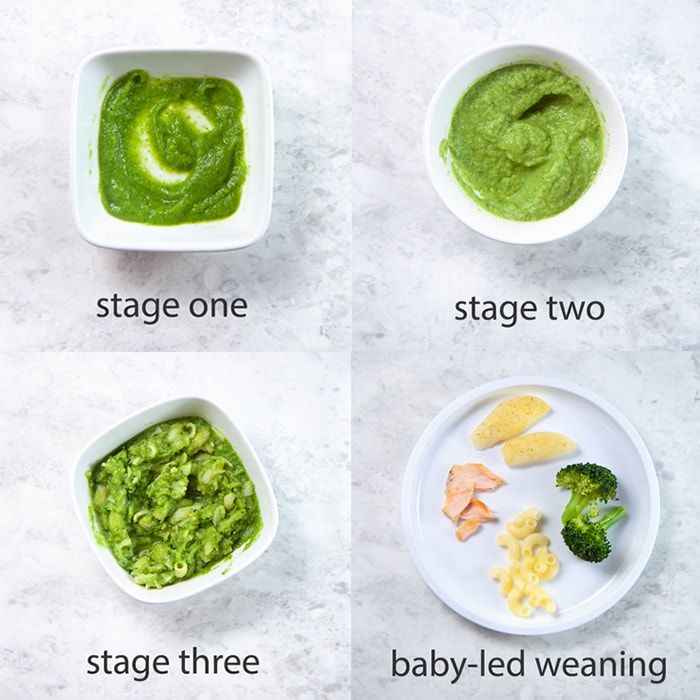 "
"
Weaning can be a real test of strength for the whole family: there are times when children completely refuse to give up their breasts and simply tyrannize their mother, almost tearing off her clothes. Is it possible to avoid problems along the way? How to make the process as comfortable as possible for mom and baby? Parents.ru learned from an expert what mistakes mothers make when weaning a baby. nine0003
Tatyana Kuznetsova
pediatrician, nephrologist, breastfeeding consultant at the SM-Doctor clinic in Maryina Roshcha.
Too early
Breastfeeding is a very short period in a child's life. It would be ideal to supplement the child until the age when his need for attachments fades by itself. The age at which the child himself, without mother's help and serious efforts on her part, is ready to give up breastfeeding usually comes after three years. Mom's body is ready to complete lactation earlier - already in 1.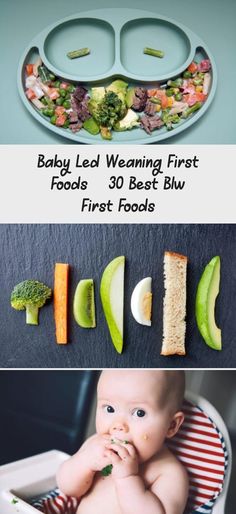 5-2 years of the baby. nine0003
5-2 years of the baby. nine0003
Completion of lactation at an earlier date is not physiological and, as a rule, is associated with errors and diseases:
- rare feedings,
- soldering with water,
- early feeding,
- cracked nipples,
- lactostasis,
- mastitis and, as a result, lack of milk and underweight of the child,
- or maternal health problems. nine0020
Weaning before 1-1.5 years is possible, both planned and emergency, and, as a rule, there are good reasons for this: hospitalization of the mother, the need to take medications that are incompatible with feeding the child, situations in the family that require the mother to leave, and others unseen circumstances.
Too fast
First of all, it is very important to determine how ready a particular mother-baby couple is to complete breastfeeding. The readiness of the mother's body is easy to determine. The main indicator is how the breast is filled with milk during a long (up to 12-24 hours) break in the attachment of the baby. If a mother has not fed her child for several hours, and her breasts do not fill up to discomfort and do not need to be pumped, then the mother is ready. nine0003
The main indicator is how the breast is filled with milk during a long (up to 12-24 hours) break in the attachment of the baby. If a mother has not fed her child for several hours, and her breasts do not fill up to discomfort and do not need to be pumped, then the mother is ready. nine0003
As for the baby, it is considered that the child is ready if he has only 1-3 attachments per day and at the same time he does not suck on nipples (pacifiers, bottles), pens, toys, rags, clothes, bottom sponge and other. In all other cases, it is necessary to gradually reduce the number of applications to 1-3 per day, and only then take the last step.
If the baby is already 1.5 years old, you can try to prepare him for weaning gradually. For this, children older than one and a half years require at least two months. Smooth weaning consists of several stages, each of which can take about 1-2 weeks. nine0003
- Reduce latching when your baby is awake, remove 'bored latching'.
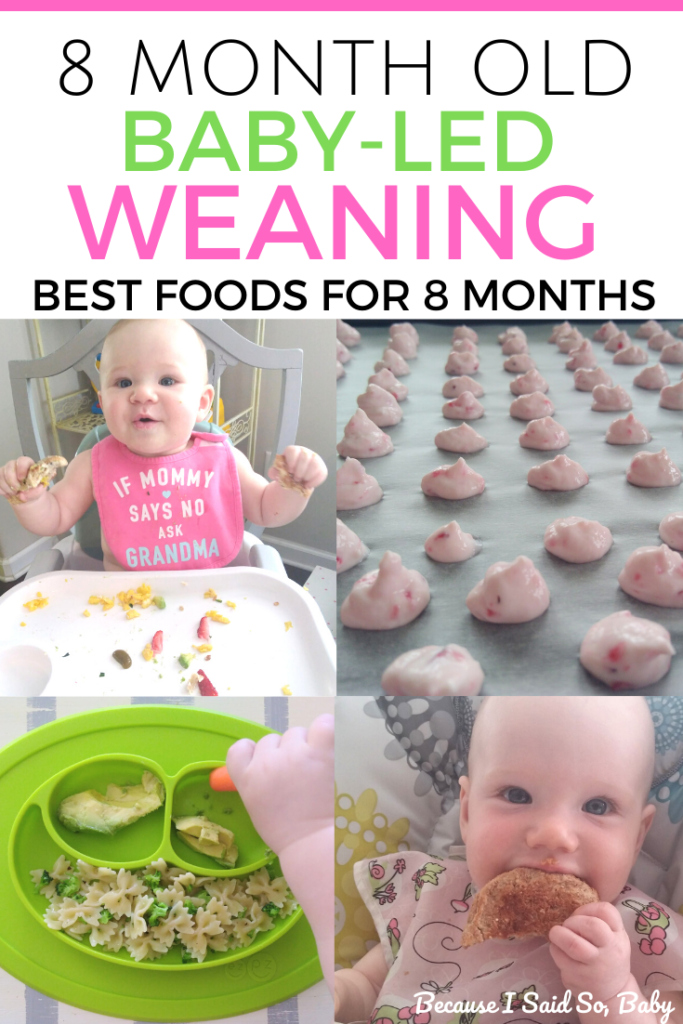 Do not provoke the baby: do not change clothes in front of him, do not walk in underwear, do not sit idle in the presence of the child.
Do not provoke the baby: do not change clothes in front of him, do not walk in underwear, do not sit idle in the presence of the child. - Put your baby to bed without breastfeeding.
- Next, remove the evening falling asleep under the breasts. First, take the breast from the baby if he fell asleep after pumping, but still holds it in his mouth.
Get up early in the morning before your child. Distract to extraneous things, offer to play, look out the window. One fine day, the baby will simply forget to breastfeed in the morning. nine0003
In the gradual process of weaning, the most important thing is not to rush things and act according to the rule "one step forward, two steps back." Then your weaning will be smooth and painless.
Too radical
Among mothers, extremely traumatic methods of weaning a child from the breast are still practiced - “pulling the breast”, taking drugs that suppress lactation, lubricating the nipples with brilliant green or mustard, leaving home for a day or two / weekends.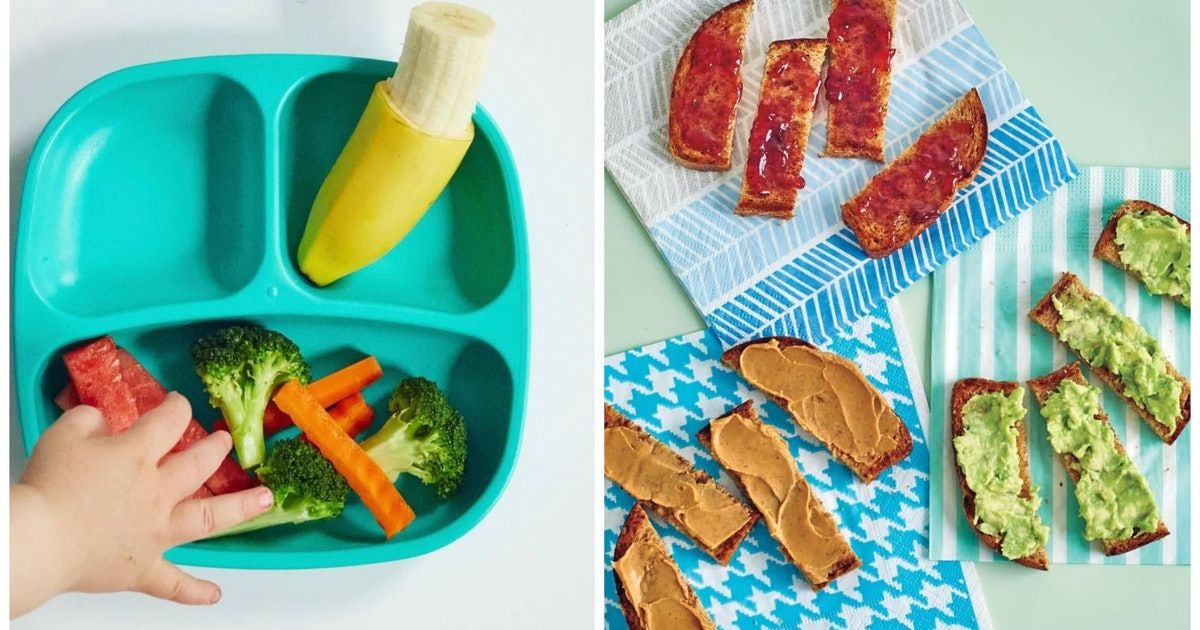 As a result, this leads to hormonal imbalance, lactostasis and even mastitis in mothers and serious psychological trauma in children. For a child, weaning is a very difficult period in life, and the mother must be there, compensating for the lack of breasts with her attention, affection and care. nine0003
As a result, this leads to hormonal imbalance, lactostasis and even mastitis in mothers and serious psychological trauma in children. For a child, weaning is a very difficult period in life, and the mother must be there, compensating for the lack of breasts with her attention, affection and care. nine0003
It is also important to take into account that the time of weaning should not coincide with a vacation, a move, a mother's going to work or a baby in a kindergarten, the appearance of a nanny in the house, teething in a child, a baby's illness. In this case, it is better to wean the child 2-3 months before the planned event, or 2-3 months after.
The cessation of breastfeeding should not take place simultaneously with the resettlement of the baby in a separate bed, especially a room. With this it is better to wait 3-4 months. And another factor that you should pay attention to is the psycho-emotional state of the baby. If he is now having a difficult period, he is rebellious or often naughty, it is also better to wait a bit with excommunication.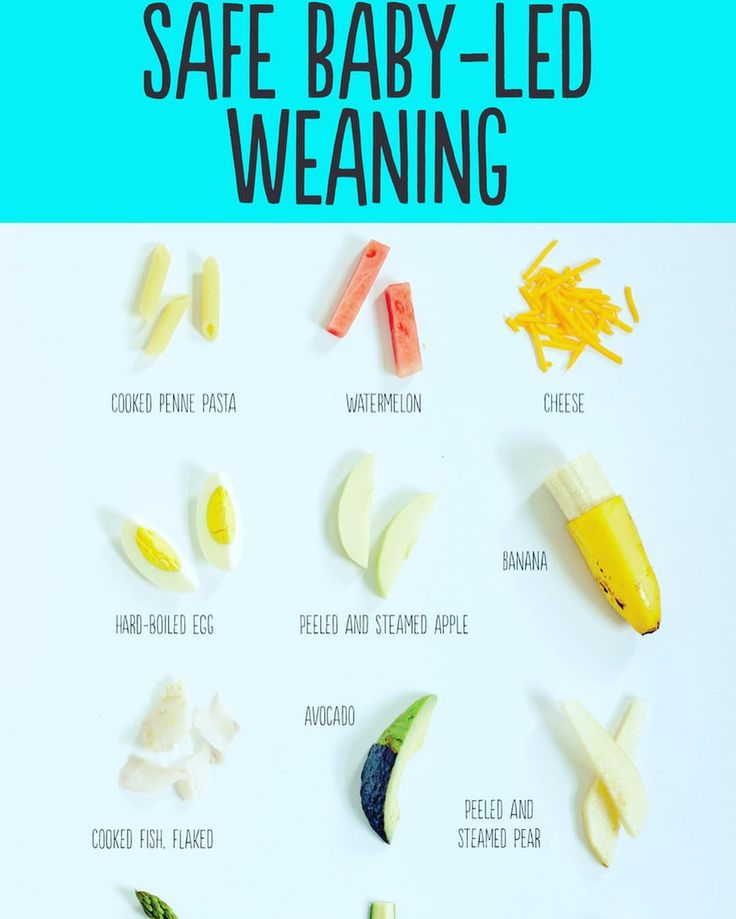 nine0003
nine0003
Too dangerous
Stopping breastfeeding at a stage when the mother’s body is not yet ready for this can lead to serious consequences for her health. In the best case, the mother will be forced to pump regularly for some time. There may also be pain, engorgement of the mammary glands, the development of lactostasis, which is quite difficult for a mother to cope with without the help of a baby. In addition, such an unplanned hormonal restructuring by the body can provoke the development of depressive conditions, as well as prolonged (up to several years!) The release of milk from the mammary glands after the cessation of breastfeeding. nine0003
What if…
…doesn't work
By reducing the number of daytime attachments, nighttime attachments may become longer and more frequent for a while. If after a couple of weeks the situation does not change, this most likely means that the child is still difficult to come to terms with such restrictions.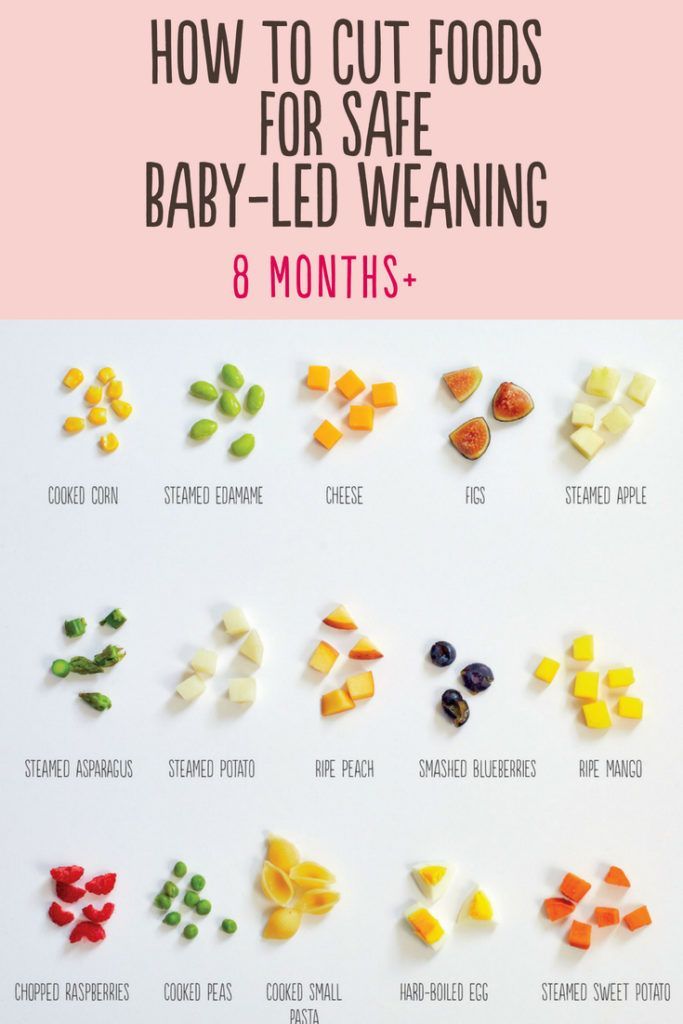 In such a situation with weaning, it may be better to wait.
In such a situation with weaning, it may be better to wait.
When a baby begins to suck on his thumb, bottom lip, or anything else, these symptoms cannot be ignored. Your baby is not yet ready to stop breastfeeding. Moreover, this behavior of the baby suggests that it is very difficult for him to come to terms with the ongoing changes, he suffers very much internally. And if you do not treat such a quiet protest of a little man with understanding, this can seriously affect the baby's nervous system in the future. nine0009
... the baby himself refused milk until the age of
This cannot be regarded as a physiological event. Many mothers jump at this chance to complete breastfeeding without any problems. However, it may turn out that the baby is not quite ready for weaning yet, and there are important reasons that can provoke this behavior: teething, fever, upper respiratory tract infection, inflammation of the ears, painful jaw movement, nasal congestion, sore throat, wounds, bacterial, fungal infections in the mouth and more.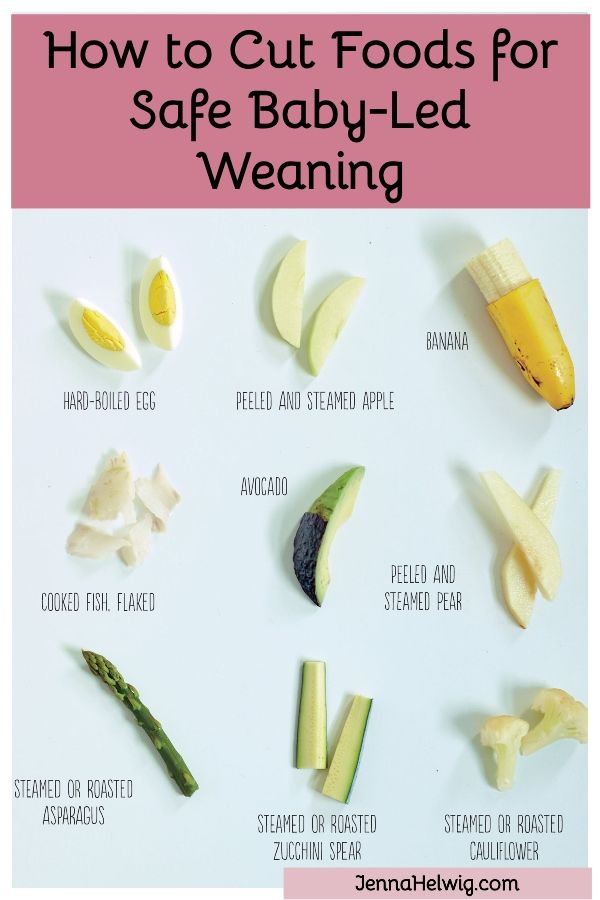 The child should immediately show the pediatrician. nine0003
The child should immediately show the pediatrician. nine0003
Published on parents.ru
Regular weaning
Reviewer Kovtun Tatyana Anatolievna nine0003
59517 views
September 15, 2021
Login or register to save articles and products as favorites
Sooner or later, the time comes when it's time to wean the baby from the breast. And it doesn’t matter whether this happens when the child is already more than a year old or even two years old, the involution just began, or, for medical and other reasons, breastfeeding (HB) has to be curtailed at an earlier age of the baby.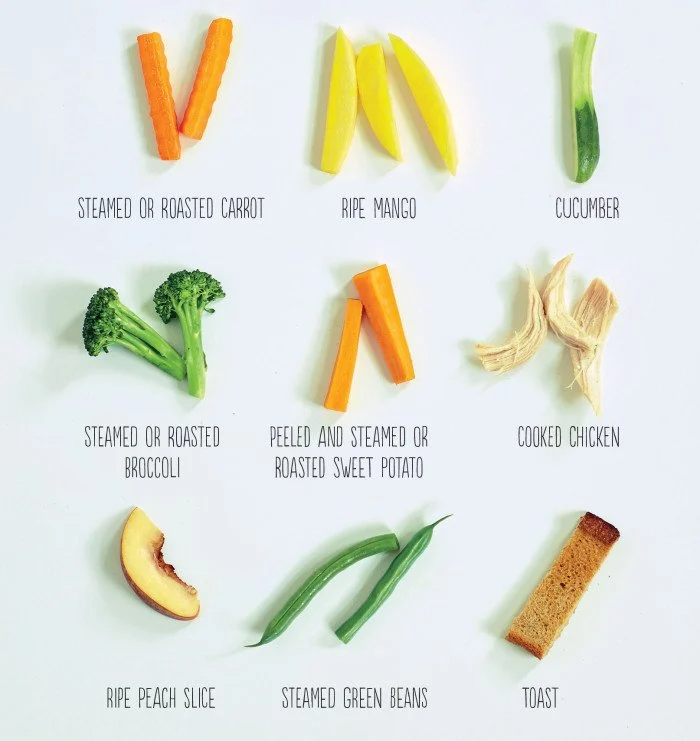 The most important thing is to do everything right. nine0103
The most important thing is to do everything right. nine0103
How? We will tell you now.
Rule number one and most important: Weaning must be gradual!
Previously, it was customary to curtail breastfeeding in a very simple way: the child was given to the grandmother for a week, and he returned to his mother already weaned. At least that's what the legends say. In fact, this method is dangerous for both mom and baby.
Mom can earn lactostasis and, as a result, mastitis, and the baby gets into a strong stressful situation and for him this is indeed a trauma for life. Not only was the chest taken away, but also the main person in life disappeared somewhere and left him. nine0003
An easy way to stop feeding after a nap is to get out of bed a little earlier than the baby. And when he wakes up, instead of the chest, invite him to hug, fly on an "airplane" or just cuddle.
Rule two: You can not wean the baby from the breast when he is sick or just starting to recover.

Mom's milk is medicine. Breast milk contains immunoglobulins and antibodies that help the baby's immunity to overcome the disease. This time. During an illness, a drinking regimen is very important for a child - breast milk is the best option. This is two. During illness, babies often act up. Breastfeeding is the easiest and most natural way to soothe your baby. It's three. nine0003
Rule three: No specific deadlines!
Even if you are a perfectionist to the core and plan everything in advance, in the case of weaning, this number will not work. You can expect to meet within a month, but the child may need more time. As a result, someone will be dissatisfied. It shouldn't be like that.
Rule four: Weaning and stress are incompatible!
If the child has to go to kindergarten, the family has to move or the birth of a second (third) child, weaning is shifted indefinitely. For a baby, mother's breast is not only food and drink, it is also a sense of security.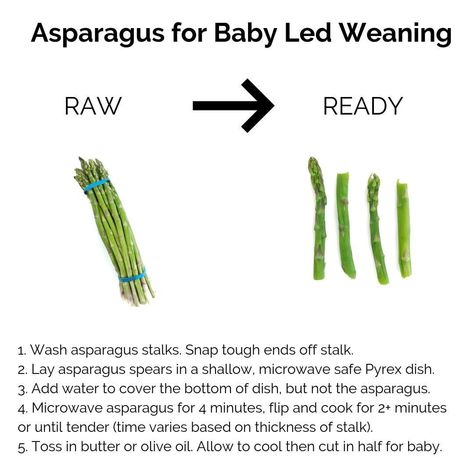 And if there is too much incomprehensible going on in the world around him, it is necessary to leave him this piece of calm. nine0003
And if there is too much incomprehensible going on in the world around him, it is necessary to leave him this piece of calm. nine0003
Previously, a nursing mother was often advised to wean her breasts by smearing her nipples with mustard, brilliant green, etc., so that the child himself would refuse it. This is dangerous both for mother's health and for the health of the baby, both for the physical (burn of the oral mucosa and even the esophagus), and for the psychological, because the mother's breast is the personification of calmness and confidence.
Fifth rule: First we remove unimportant feedings for the baby.
Often, mothers try to get rid of night feedings, which are often especially difficult. But for a child, they are very important and it will be very difficult for him to refuse them. But it is much easier to refuse daytime intermediate feedings without being tied to sleep. Especially if mom finds something to replace them with: hugs, reading books, playing puzzles, hide and seek, etc.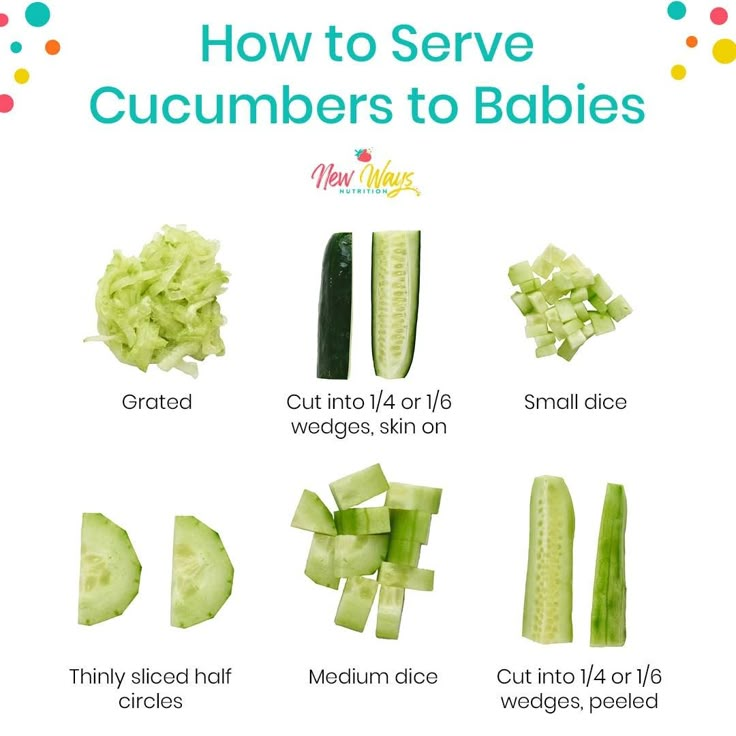 nine0003
nine0003
Trying to replace nighttime feedings with a bottle of milk or sweetened water can lead to cavities and other problems. If you refuse night feedings, replace them for your baby with drinking ordinary plain water, preferably from a cup.
Rule six: No drugs unless advised by a doctor!
Even if there is no milk in the breast, this does not mean that the baby will not ask for it. After a year, children need breastfeeding not so much for milk, but for bodily and emotional contact with their mother. If the baby sucks on an empty breast, the mother experiences sensations that are not very pleasant. nine0003
Rule seven: Consensual excommunication.
This is perhaps one of the most important rules. Even if you are doing everything right, but you notice that the child has begun to sleep worse, is more naughty, asks for pens more often, etc. - this may be a sign that the weaning pace you have chosen is not suitable for him. Everything happens too fast for him. Slow down, for two or three days they won’t do the weather for you, and the baby will be given a basic level of trust in the world and you.
The hardest part about weaning is the feeling that it will never end. But this is the wrong approach to the process. Breastfeeding is a wonderful milestone in the mother-baby relationship and they need to enjoy and enjoy it, gradually learning new ways of communicating and teaching the baby to enjoy the mother outside of the context of the breast. Believe me, the moment will come when you will fondly remember all those moments of intimacy with the baby when you sat with him in a rocking chair and breastfed him. Do not push the child, and he will let you go earlier. nine0003
Remember that all children and all mothers are different. It is impossible to come up with a single recipe and scenario for weaning for everyone. One baby himself refuses the breast, for another it will be a long and difficult process. But at the same time, mom needs to adhere to the basic rules.